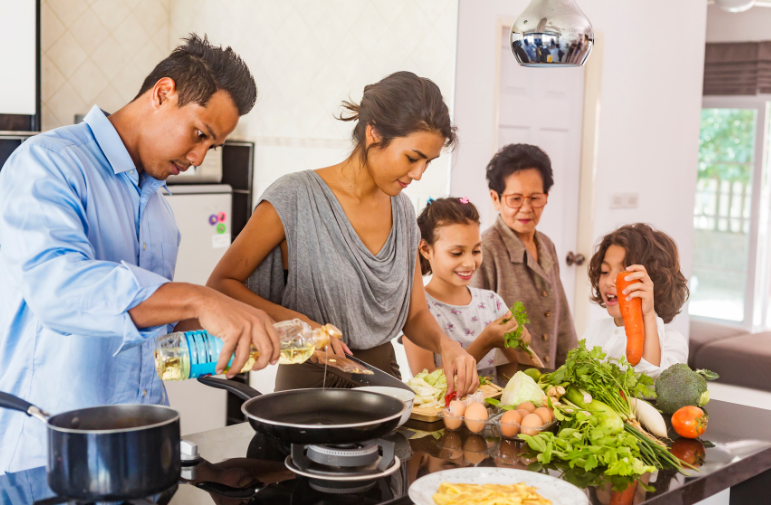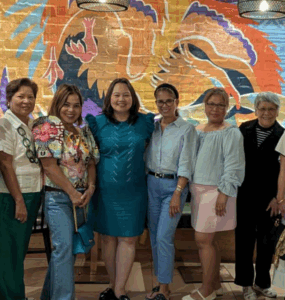By Anna Christie V. Torres
Philippine food culture guru, Doreen G. Fernandez, famously said: “Food, obviously, is not only for eating.” Indeed, anyone who has shared a meal with Filipinos can attest to how it is not only an activity for satiating hunger but a unique experience all its own. Indeed, food, culture, and identity are inextricably linked.
Heritage in every bite
Heritage food is food that has kept indigenous communities alive and thriving throughout generations, but it is under threat. The introduction of foreign ingredients and foreign ways of food preparation, even the fusion food phenomenon, have diluted our traditional food. We must keep alive or–in many cases, revive–the knowledge and preparation of these traditional food on a much wider scale.
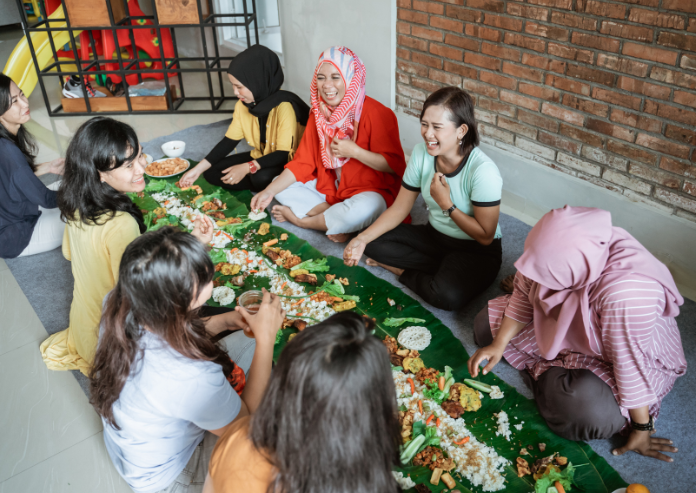
Some bloggers and vloggers have endeavored this on different platforms and with varying levels of success. Going beyond awareness, heritage food’s survival in the cultural consciousness necessitates appreciation of the link between food having helped tide over indigenous communities during lean months (or gawat) or during times of calamity, and in the present context of the ways we consume food and the food we consume – more often than not, in the context of fast food and rushed lives. To some extent, this is where the roots of the Mediterranean diet lie: a harkening back to a slower pace in the not-so-distant past.
Traditional raw ingredients
The ingredients found in most heritage food are simple, fresh, natural, and abundant. After all, they did not have access to refrigerated vehicles or express delivery, and also, they did not encounter logistical difficulties.
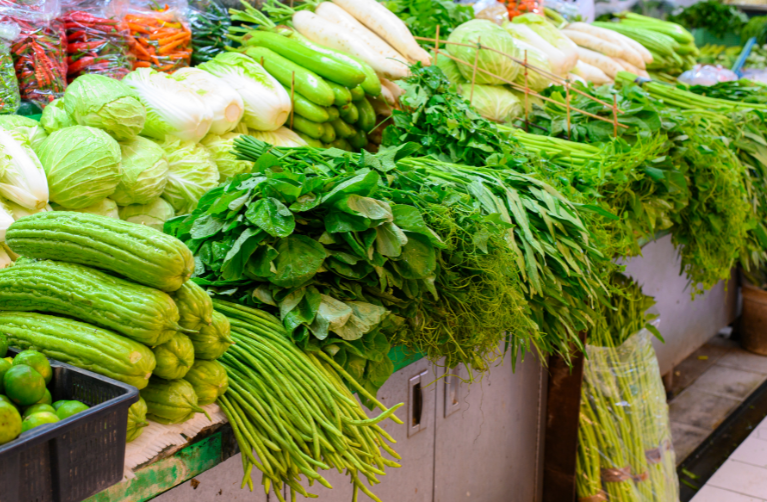
We recall talbos or tops/young shoots and tendrils and fruits of the sayote (chayote), kamote (sweet potato), and the like. Consuming the dish, to borrow from Fernandez once more, is like “ingesting the [indigenous] landscape”. The environment, or the source of ingredients, place a huge part in the total eating experience.
Kamote (sweet potato), actually, is not an indigenous survival food, but came to Philippine shores by way of the Mexican pipeline. The tugi (lesser yam), however, with white or yellowish flesh, is a survival root crop that is losing its unique identity in its very own environment. For the uninitiated, the tugi is simply boiled, peeled, and eaten as a healthy breakfast or any-time-of-day snack.
Cooking implements
Traditional Philippine cooking vessels and utensils may be rattan or bamboo baskets, palayok (terracotta pots), wooden serving spoons, wooden bowls, among others. These form part of the indigenous communities’ material culture, having been made from materials available in their immediate environment and by the labour of their hands.
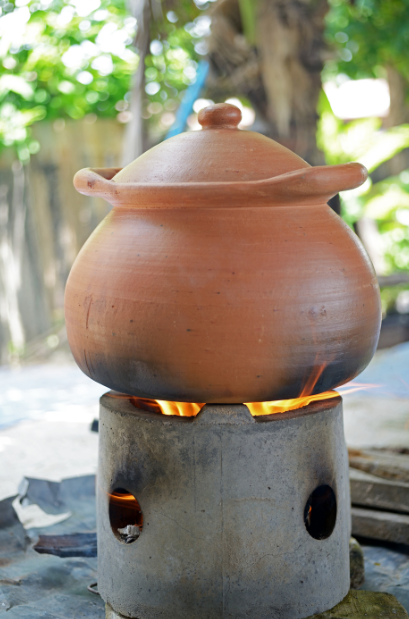
Various groups have exerted efforts through the years to document and preserve these items of tangible heritage, like UP Baguio’s Museo Kordilyera (MK). As material culture, these artifacts serve as expressions or symbols that shed light on the social processes, including food and ritual of indigenous communities.
Indigenous, traditional recipes
Typical of Philippine cooking preparations, tantiyahan (estimating) is key. There are no exact measurements because there is always room for the adjustment of taste, as represented by the various sawsawan, be it dipping sauces or salt mixed with crushed bird’s eye chillies.
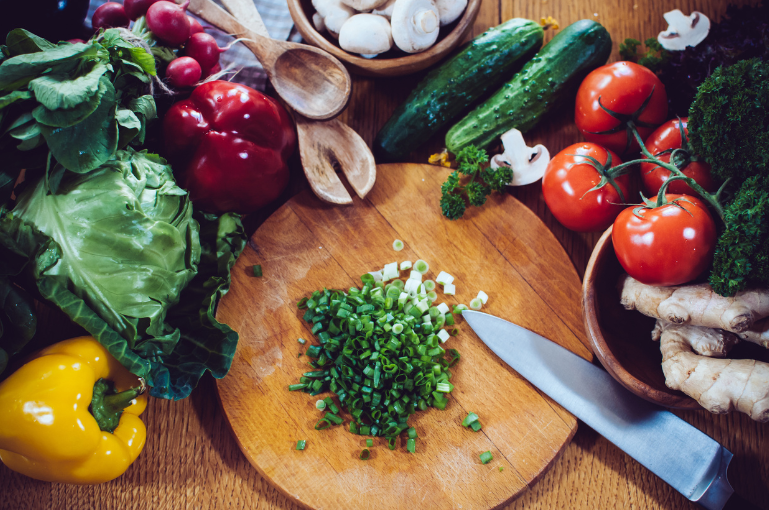
Our heirloom recipes, or recipes that families have treasured over time, are the result of many women’s hands adding flavor to and not spoiling the dish. But, of course, the process of food preparation is not a quiet one. There are many stories shared and giggles and gasps elicited. The heat of the kitchen is equalled by the warmth of camaraderie and companionship, as ingredients are chopped, pounded, sliced and diced, and set over fire.
Narratives around food
The narratives which reflect the individual or the collective memory of the community contextualize the food process, thereby imbuing each step, each ingredient of every dish with character that requires no adjustment of any kind. From the harvesting to preparation and production to sharing of meals from large containers family-style, the culture of the Philippines encourages and strengthens community ties from and between generations past and present.
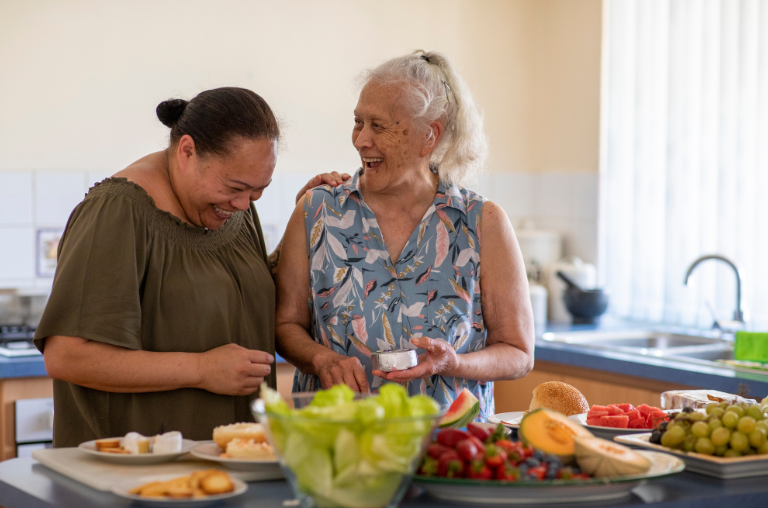
There are many memories attached to food and gatherings around food in Filipino homes–wherever they may be in the world. Whether it’s learning to make guinataang bilo-bilo with your grandmother or watching your mother prepare kare-kare for your father’s homecoming, you surely have unique stories to share around food and sharing it with family. Tell us about them!
About the author
Professor Anna Christie V. Torres teaches at the University of the Philippines-Baguio’s College of Arts and Communication. She teaches technical writing, literature, literary theory, and popular culture courses in the graduate and undergraduate levels in both English and Filipino. Her research interests are popular culture, cultural studies, Philippine literature, and children’s literature.

